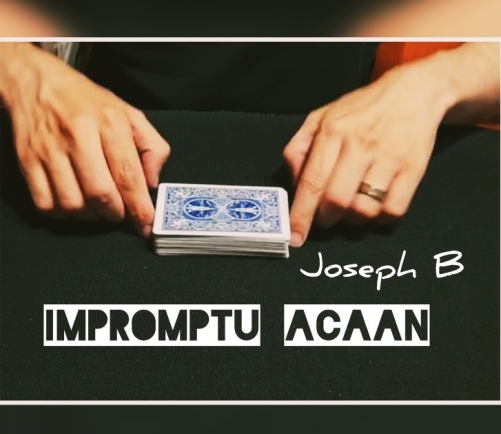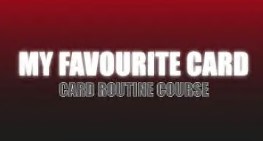Cold Front by Doug Dyment
“Cold reading” is widely used by successful mentalists, both as an end in itself and as a technique to enhance other effects (Annemann’s classic Pseudo Psychometry, for example, yields a completely different experience when performed by a skilled mentalist, compared to a traditional magician). Unfortunately, attempts to acquire this critical skill commonly result in confusion and frustration. This is ultimately to the benefit of mystery entertainment (if it were easy, anyone could do it), but that is poor solace to struggling students of the art.
Opinions abound on the topic, but skilled practitioners widely agree on two basic principles:
- The only way to become a good reader is to give lots of readings; rarely is the “practice makes perfect” adage so appropriate. A study of the literature (Ian Rowland’s encyclopedic The Full Facts Book of Cold Reading is a particularly effective textbook) can reveal the mechanisms that make cold reading work, but offer only scant insight into the “thinking on your feet” element that differentiates the successful from the would-be reader.
- The best way to begin giving readings is via the use of a traditional oracle such as astrology, cartomancy, palmistry, numerology, etc.
Of these, palmistry is particularly attractive, its application being more casual and convenient than most: it can be done in real time, and requires little more than a hand, which most potential participants will have available. These are among the several reasons why Richard Webster’s 1985 classic, Quick and Effective Cold Reading, is arguably the best book for the neophyte. With its focus on the most difficult aspect of the process (getting started), and the use of palmistry as its vehicle, Richard’s book is a superb treatise on actually becoming a cold reader, from one of the world’s most acclaimed practitioners.
Still, even with Richard’s careful focus on those elements of palmistry specific to the needs of the professional entertainer, memorizing the necessary phraseology and its correlation to hand characteristics is an intimidating first step. Yet it is one that must be fully mastered prior to giving those all-important initial demonstrations of one’s burgeoning skill.
Cold Front is a study tool, designed to speed this critical element of the learning process. It consists of an innovatively designed, helpfully illustrated, carefully edited, and easily navigated set of eleven pocket-sized (approximately 3×5″) cards, printed on both sides, incorporating all of the material that must (more or less) be committed to memory. These cards include all the essential elements of the system, but by
- eliminating distracting elaborations, explanations, and discussions
- clearly illuminating the flow of the reading, and
- permitting frequent, repetitive study at times convenient to the student
they offer a much easier path to mastery of the process, and the confidence necessary to effective performance.
 USD
USD



